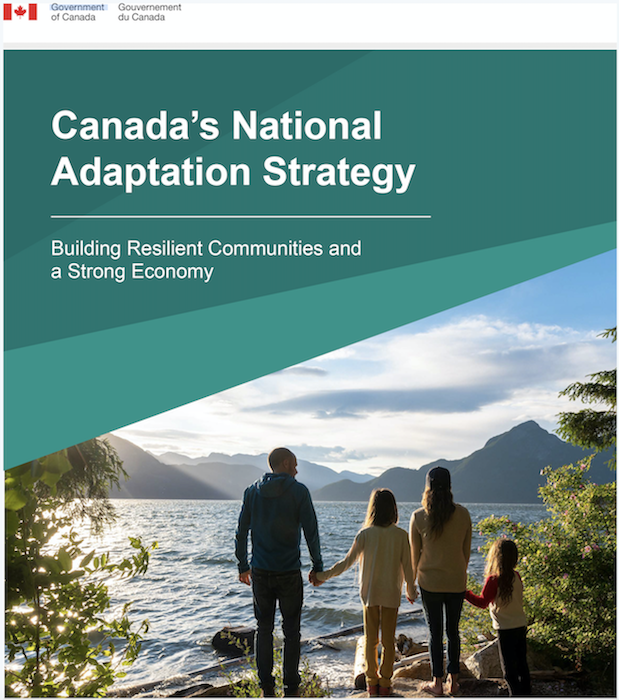
Profiles
EPDs build a foundation for resilience
February 13, 2023
By
Canadian Consulting Engineer

In late 2022, the federal government responded to the impacts of climate change and extreme weather events with Canada’s National Adaptation Strategy: Building Resilient Communities and a Strong Economy. Among its goals, the strategy aims to establish more resilient built infrastructure. For the construction industry, Environmental Product Declarations (EPDs) will play a key role in this endeavour.
CPCI’s path to sustainability
In 2007, the Canadian Precast/Prestressed Concrete Institute (CPCI) facilitated an industry workshop in Ottawa to discuss sustainability. The workshop concluded CPCI should pursue the development of a sector sustainability strategy and aim for maximum buy-in from its members. CPCI struck a sustainability committee to establish a consultation paper as the forerunner of this strategy.
In 2012, CPCI completed its first life-cycle assessment (LCA) of precast concrete for commercial buildings, ‘from cradle to grave,’ working with consulting engineering firm Morrison Hershfield and the Ottawa-based Athena Sustainable Materials Institute. Next, CPCI developed Product Category Rules (PCRs) in 2014 and released EPDs in 2015 in three major categories: architectural, structural and underground products.
In 2019, CPCI issued updated EPDs with Athena, certified by Underwriters Laboratories (UL) Solutions. Most recently, again working with Athena and certified by UL Solutions, CPCI issued new precast regional industry average EPDs earlier this year.
In these ways, the institute promotes third-party verified measurements and assessments for the construction industry.
Sustainable resilience
The Canadian Green Building Council (CaGBC), much like the U.S. Green Building Council (USGBC), defines resilience as the “ability to prepare and plan for, absorb, recover from and more successfully adapt to adverse events.”
Notably, attributes of resilience share characteristics with precast concrete infrastructure, which:
- Delivers long and effective service life.
- Provides safety and well-being to occupants.
- Effectively resists hurricane- and tornado-force wind, earthquake, fire or blast incidents.
- Minimizes disruption during and reduces recovery time following adverse events.
Any investment in buildings and community infrastructure should enhance resilience by incorporating adaptation measures, mitigating future harm and enabling effective post-disaster response. By applying ‘green’ building practices and using resilient materials, usually at low to no added cost, such infrastructure can enhance health, spur investment and save energy, water and money over the longer term.
Enhancing buildings and communities
CPCI is now working with government agencies and architectural, engineering and construction (AEC) professionals to transform how buildings and related infrastructure are designed, built and operated to encourage green building practices.
One of the challenges of resilience is to do more with less, which highlights precast concrete’s most significant advantages in terms of modularity, prefabrication, esthetic versatility and speed of construction. Indeed, resilience is a direct extension of the institute’s existing mandate.
Brian J. Hall is managing director of CPCI and vice-chair of the Royal Architectural Institute of Canada (RAIC) Foundation. For more information, visit www.cpci.ca.
Print this page
